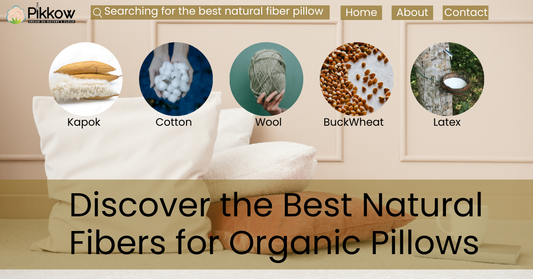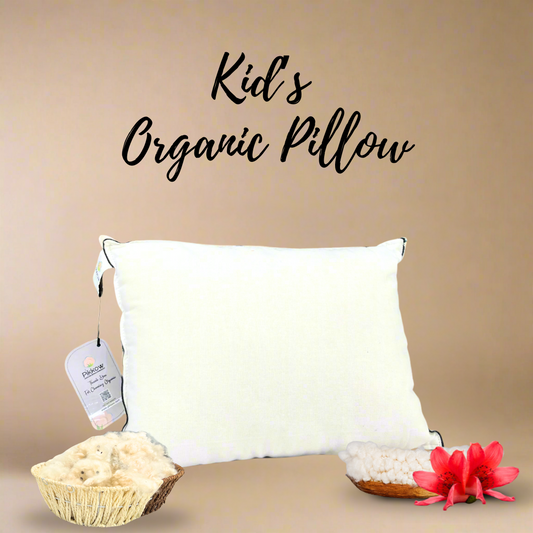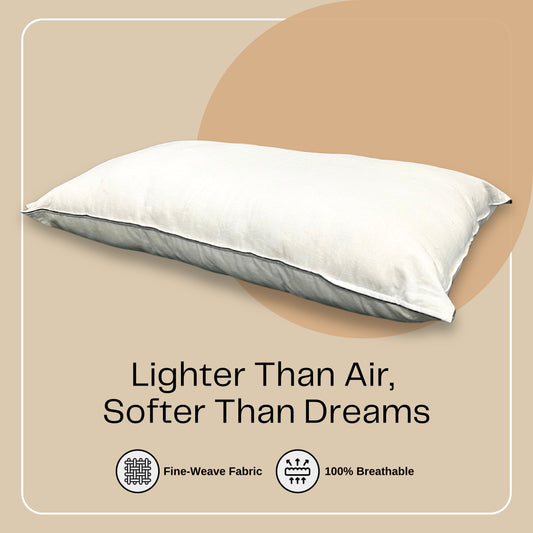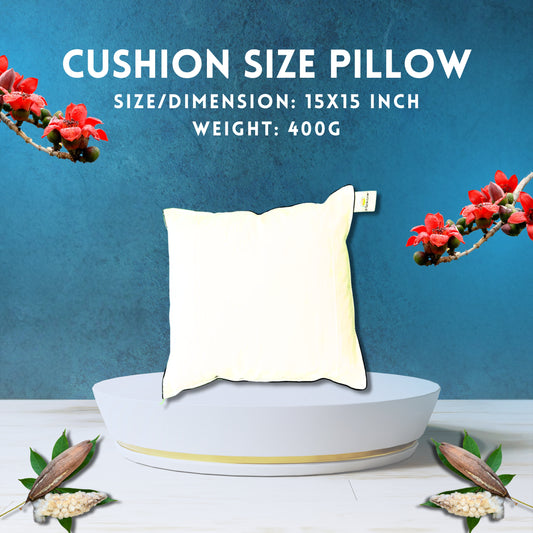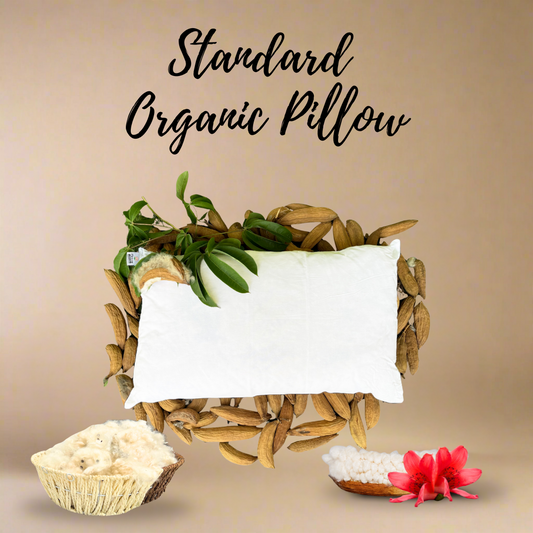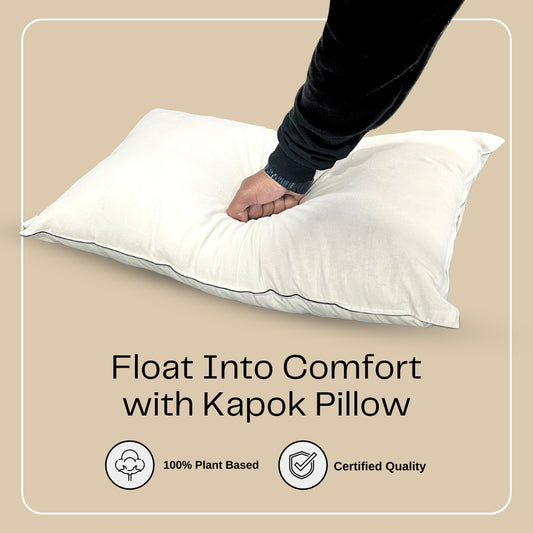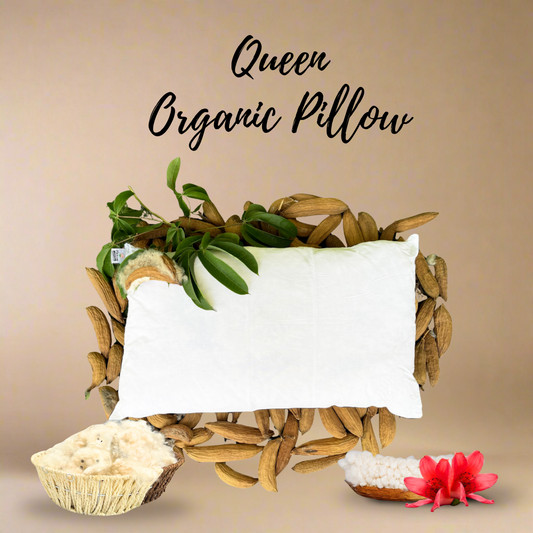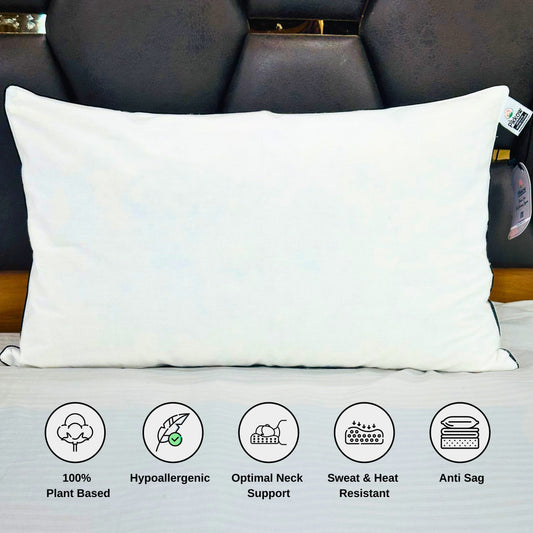If you’ve ever shopped for a pillow in India, whether for your parents, your children, or yourself, you’ve likely faced the choice between natural and synthetic fillings. One common question that arises is about Semal versus synthetic fiber. Semal, also known as kapok, comes from the seed pods of the Semal tree and has been used in Indian homes for centuries. On the other hand, synthetic fibers like polyester have become popular due to their low price and easy availability. But when it comes to comfort, health, and sustainability, natural options almost always win.
This blog will break down the Semal vs synthetic fiber debate, highlight the benefits of going natural, and explain why brands like Pikkow Pillows are bringing back traditional wisdom in modern designs.
What is Semal Fiber?
Semal fiber is a silky, cotton-like material harvested from the seed pods of the Semal tree (Bombax ceiba). It’s naturally buoyant, hypoallergenic, and has a long history in Indian households. People have used Semal pillow filling vs polyester for years, and the natural option has always stood out for its breathability and comfort.
Key Properties of Semal Fiber:
-
Lightweight & Fluffy: Feels soft yet supportive for all sleeping positions.
-
Hypoallergenic: Naturally resistant to dust mites and mold.
-
Eco-friendly: 100% biodegradable and renewable.
-
Breathable: Keeps you cool during hot Indian summers.
What are Synthetic Fibers?
Synthetic fibers like polyester are man-made materials derived from petrochemicals. They’re designed to mimic the softness of cotton or natural fiber but come with trade-offs.
Common Traits of Synthetic Fibers:
-
Cheap to Produce: More budget-friendly but often lower in quality.
-
Less Breathable: Can trap heat and cause sweating.
-
Non-biodegradable: Harmful to the environment.
-
May Trigger Allergies: Can accumulate dust and bacteria.
Semal vs Synthetic Fiber: Side-by-Side Comparison
|
Feature |
Semal Fiber |
Synthetic Fiber (Polyester) |
|
Breathability |
Excellent, naturally cool |
Poor, retains heat |
|
Eco-Friendliness |
100% biodegradable, renewable |
Non-biodegradable, petroleum-based |
|
Comfort |
Soft, buoyant, supports neck alignment |
Soft initially but flattens over time |
|
Durability |
Long-lasting with proper care |
Less durable, loses loft quickly |
|
Allergy Resistance |
Hypoallergenic |
Can trap dust mites and allergens |
|
Cost |
Moderate, worth the investment |
Cheap but needs frequent replacement |
Why Semal Always Wins for Indian Homes
1. Perfect for India’s Hot Climate
In the battle of semal cotton vs synthetic, natural always wins in summer. Semal’s breathable nature means you won’t wake up drenched in sweat, even during peak May heat.
2. Better for Health
Synthetic pillows can trap heat and moisture, leading to bacterial growth. Semal’s natural fibers allow airflow, reducing the risk of respiratory problems and skin irritation.
3. Long-Term Value
While polyester may seem cheaper, its short lifespan means you’ll replace it more often. Investing in a Pikkow organic Semal pillow can last you years with proper care.
Eco-Friendly Semal Pillow Comparison
If you care about sustainability, the eco-friendly Semal pillow comparison clearly shows that Semal outperforms synthetic options. Every Semal pillow you buy supports farmers, reduces plastic waste, and lowers your carbon footprint.
Common Pillow Buying Mistakes in India
Many Indian buyers unknowingly choose synthetic options due to:
-
Misleading marketing (greenwashing).
-
Confusion between natural and organic claims.
-
Prioritizing price over quality.
-
Ignoring breathability and airflow.
Avoiding these mistakes is crucial for a healthier home.
Expert Tips: How to Choose the Right Semal Pillow
When buying an organic Semal vs synthetic bedding option, keep these in mind:
-
Check Certifications: Look for GOTS-certified organic options.
-
Test the Loft: Ensure the pillow height suits your sleeping position.
-
Read Reviews: See what other customers say about durability.
-
Match to Sleep Style: Side sleepers may prefer firmer loft; back sleepers may want medium.
Pikkow Pillows: The Modern Take on Semal
Halfway through this comparison, it’s worth mentioning how Pikkow pillows have modernized the traditional Semal pillow. They offer:
-
Organic, chemical-free Semal filling.
-
Adjustable loft for all age groups.
-
Hypoallergenic covers made from organic cotton.
-
Designs for kids, elderly, and family use.
Natural vs Synthetic Pillow Fill: Real-Life Feedback
We spoke to some Indian families who made the switch:
-
Radhika, Delhi: “Switching from polyester to Semal stopped my child’s constant sneezing.”
-
Mr. Sharma, Pune: “It’s cooler, softer, and I don’t wake up with neck pain anymore.”
-
Suhasini, Chennai: “Worth every rupee. Lasts longer and feels luxurious.”
Buying Guide: How to Avoid Fake Organic Pillows
In India, many brands market natural pillows that are partly synthetic. Watch out for:
-
Unclear labeling.
-
No certifications.
-
Prices too low to be organic.
-
Pillows with chemical smells.
Best Uses for Semal Pillows
-
Kids: Hypoallergenic and gentle on skin.
-
Elderly: Supports neck alignment, reducing stiffness.
-
Summer Nights: Naturally cooling.
-
Decor: Can be used as cushion fillers.
Conclusion: Why Natural Always Wins
In the semal vs synthetic fiber debate, Semal takes the crown for breathability, health benefits, sustainability, and long-term value. Synthetic fibers may be cheaper initially, but they compromise comfort, health, and the planet.
By choosing a Pikkow organic Semal pillow, you’re not just buying comfort—you’re investing in your family’s health and a cleaner environment.
FAQs
1. What’s the main difference between Semal and polyester pillows?
Semal is a natural, breathable fiber, while polyester is synthetic and traps heat.
2. How long does a Semal pillow last?
With proper care, 3–5 years, much longer than synthetic options.
3. Is Semal suitable for kids?
Yes, it’s hypoallergenic and gentle for sensitive skin.
4. Can I wash a Semal pillow?
The cover can be washed; the filling should be spot-cleaned or replaced if soiled.
5. Which is better for hot sleepers, Semal or polyester?
Semal, without a doubt—it’s the best plant-based cooling pillow fill for hot sleepers.




